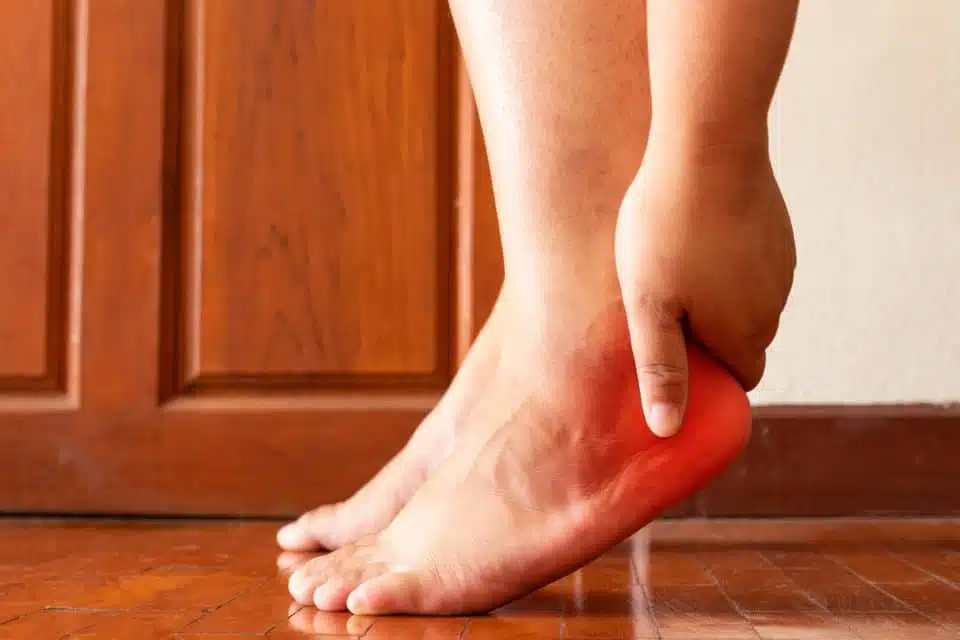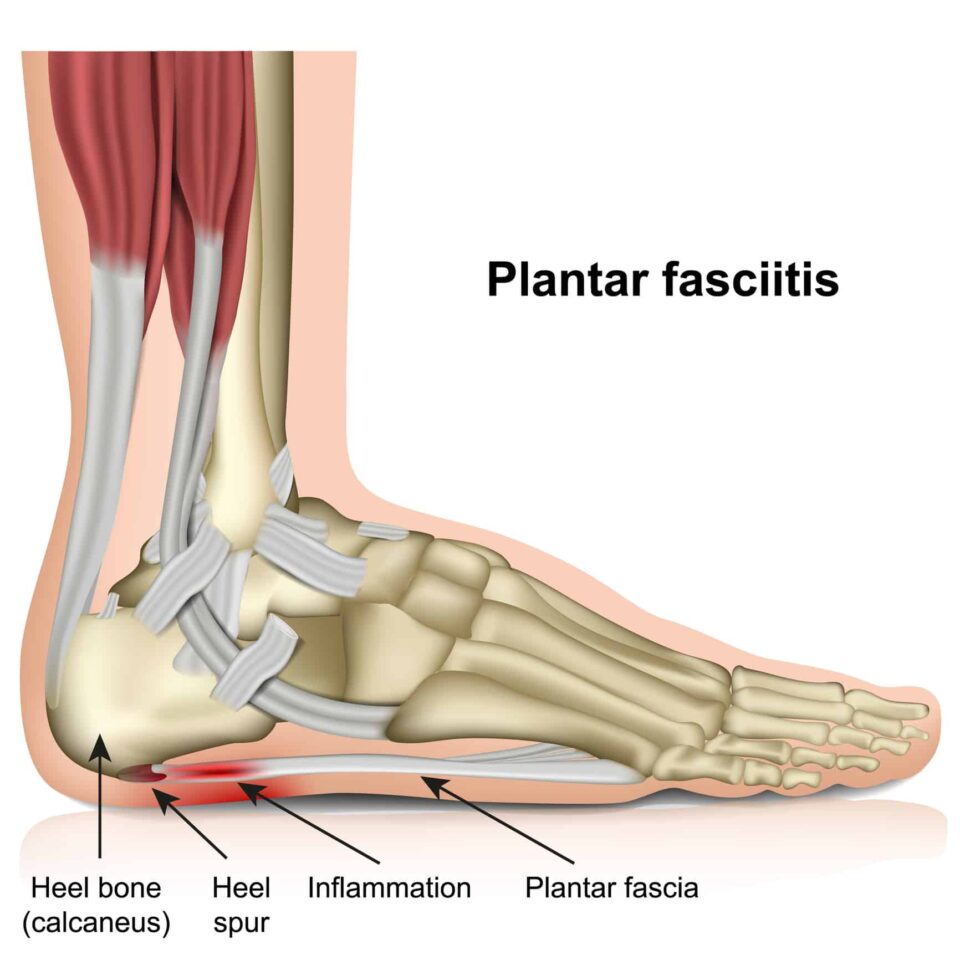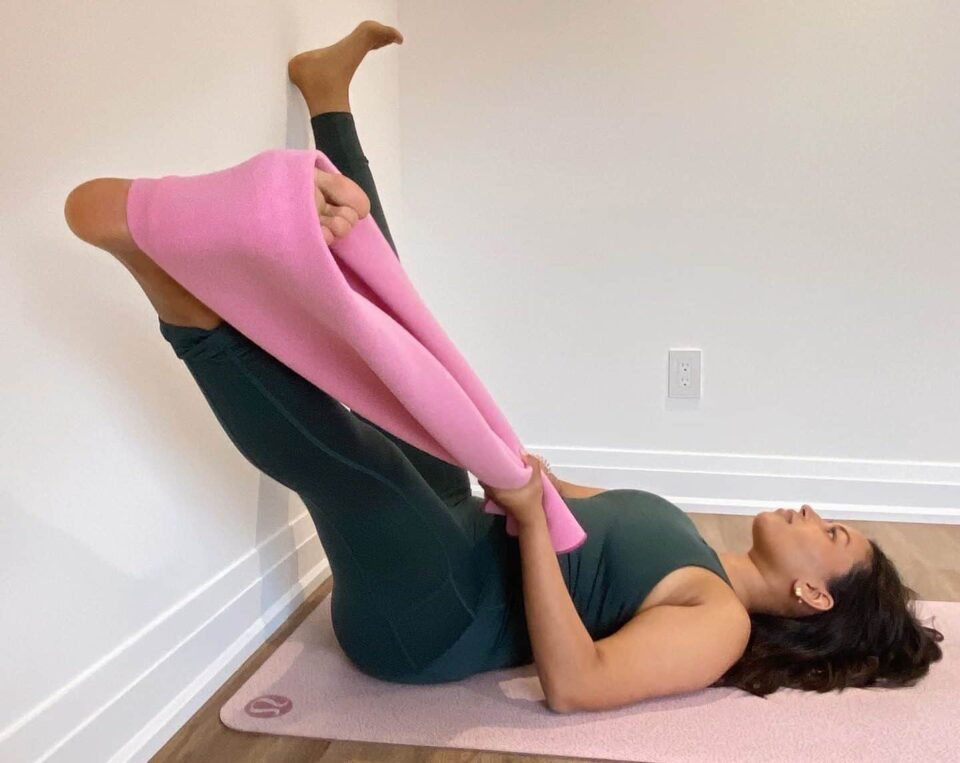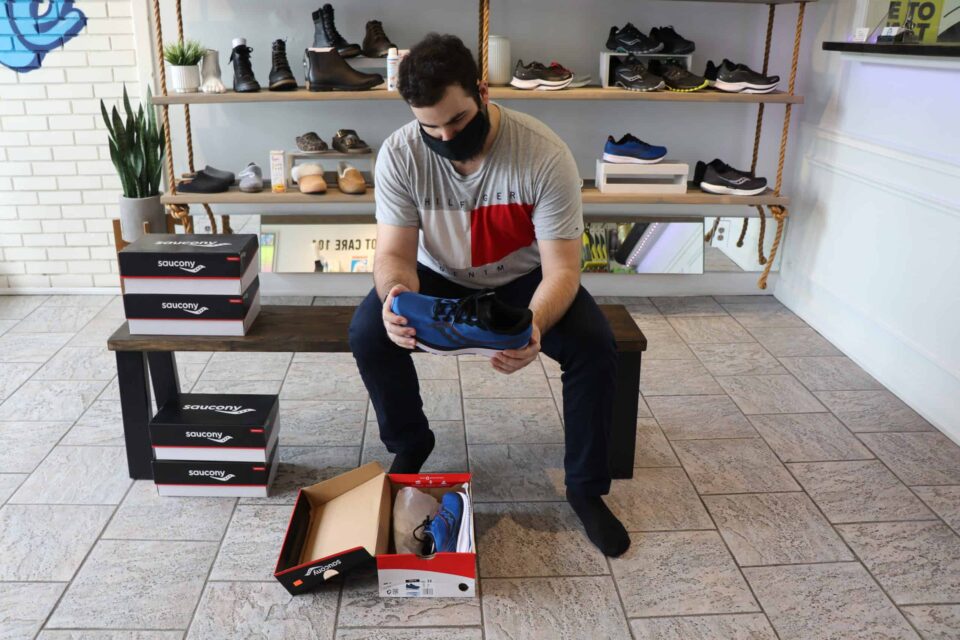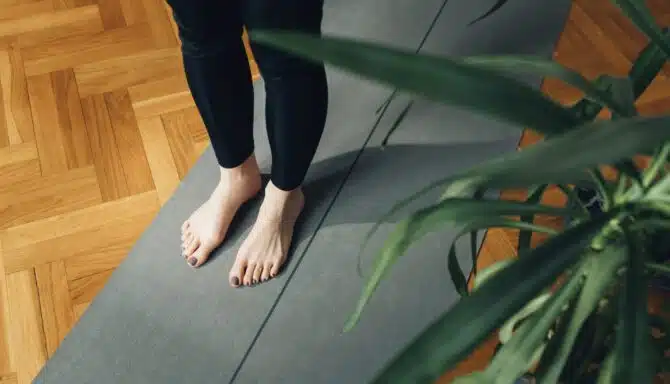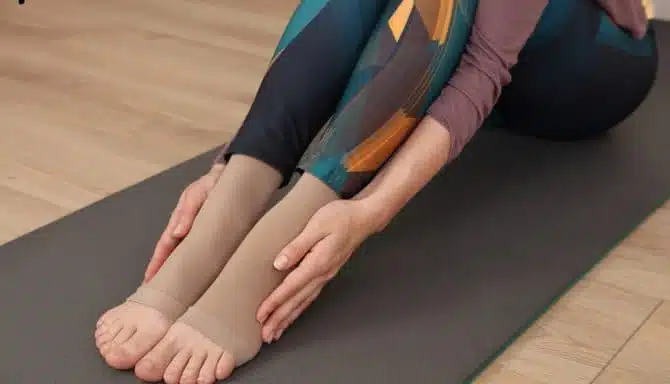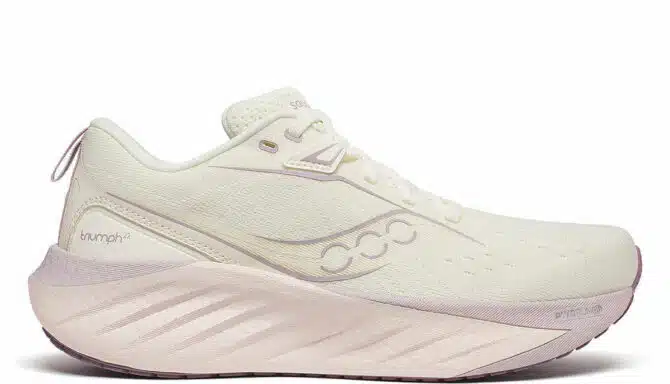Plantar fasciitis is one of the most common foot conditions out there, and it can also lead to another lesser-known condition — heel spurs. Many foot conditions develop from poor lifestyle habits and neglecting proper footwear, foot hygiene, etc. That said, some conditions co-exist and present themselves after another condition is already present. This is the relationship that heel spurs have with plantar fasciitis; the former results from the latter.
This is good news in the sense that you can educate yourself on exactly what to do to prevent heel spur formation. This includes strengthening exercises and stretches you can perform at home to manage your plantar fasciitis. Additionally, you can benefit from a wide array of services from a Toronto foot specialist, including orthotic fittings and footwear recommendations. Feet First Clinic is here to give you some crucial info on heel spurs! If you have plantar fasciitis, you’ll want to learn about how to prevent heel spur formation and how you can treat this condition if it does occur.
What is a Heel Spur?
A heel spur is a type of bone spur. More specifically, a spur is a smooth, bony growth made from calcium deposits that can take months to accumulate. According to Web MD, heel spurs form on the underside of the heel bone.
Commonly, heel spurs are a complication that can present in those who have plantar fasciitis. The latter is a condition that arises when the plantar fascia ligament becomes inflamed. This ligament connects your heel bone to your toes. People with spurs may notice heel pain, but it is usually a symptom of plantar fasciitis and generally not from the spur itself. That said, sometimes heel spurs do come with symptoms.
Heel Spur Symptoms
This plantar fasciitis complication is usually pain-free and asymptomatic. As a general rule, any noticeable heel pain is likely from plantar fasciitis and not from spurs. That said, in some cases, the following symptoms may be present as a result of heel spur formation:
- Intermittent or chronic heel pain. It may begin as a “sharp jab” and progress into a dull ache. This pain may flare up after exercise that places pressure on the heel (walking, running, etc.).
- Mobility problems.
- Heel swelling.
- Foot callus formation on the bottom of the heel. Your body is responding to the protrusion and attempting to provide extra protection and padding.
How Do Heel Spurs Develop?
If you’re one of many people with plantar fasciitis, disregarding simple treatment methods for your inflamed plantar fascia can lead to heel spurs. Athletes with unchecked plantar fasciitis who spend time running and jumping are especially at risk; however, all plantar fasciitis patients are vulnerable.
Heel spurs develop when the ligaments and muscles in the feet experience consistent strain. You can also develop heel spurs after repeated vigorous activity eventually tears the membrane on the heel bone. As a general rule, heel spurs take months to build. This means you have plenty of time to manage your plantar fasciitis and avoid this foot condition.
I Have Plantar Fasciitis. How Can I Prevent Heel Spurs?
If you follow some simple treatment routines for plantar fasciitis, you can significantly reduce your chances of experiencing heel spurs. Not only that, but there are plenty of things you can do from home to manage plantar fasciitis. One of the best treatment options is routine foot stretches and strengthening exercises.
It’s best to do these stretches and exercises at least twice per day, preferably before and after physical activity. Alternatively, you may notice your plantar fasciitis pain flares up in the mornings. If this sounds like you, you can do your first round of exercises when you wake up. These exercises and stretches help loosen your muscles and allow you to cope with heel pain. Below you will find some excellent exercises that help those with plantar fasciitis manage and control pain flare-ups. Click on the links for easy-to-follow demonstrations!
Plantar Fasciitis Exercises
- Toe flex and raise
- Towel stretch
- Golf ball stretch
- Rolling a tennis ball or frozen water bottle under the foot helps strengthen your muscles and soothes inflammation.
Plantar Fasciitis and Heel Spurs: Other Treatment Options
In some cases, heel spurs may catch up with you before you can prevent them. If this sounds like you, don’t worry. In the unlikely case that they come with symptoms, there are plenty of treatment options available. Most treatment options for heel spurs are the same methods used to treat plantar fasciitis. So, it’s always wise to try and prevent spurs before they have a chance to start forming. Here are some beneficial treatment options:
- The stretches and exercises linked above.
- Splinting, bracing and taping: A chiropodist can give you a splint or boot cast. This helps the inflamed plantar fascia heal by preventing it from tightening during rest periods. Chiropodists can also use therapeutic tape to hold the plantar fascia in place and reduce excess strain.
- Custom orthotics provide cushioning and heel support, thus helping people cope with day-to-day heel pain. Everyday use of custom orthotics can also help refine your biomechanical movement and gait(the way you walk). This sets you up for success and prevents heel spurs from developing again.
- A footwear overhaul: replace all ill-fitting footwear with shoes that provide heel support, including orthopaedic shoes. Chiropodists can offer footwear advice, and Feet First Clinic staff can provide shoe fittings.
- Superfeet insoles are high-quality over-the-counter insoles that easily fit into your shoes. They can help you manage heel pain and provide other benefits, like long-lasting cushioning.
Do You Need a Foot Clinic? Contact Feet First Toronto!
Plantar fasciitis and heel spurs can be challenging to manage on your own. That’s why our trusted chiropodists are available six days a week to give you the treatment and education you deserve. Our Bloor West foot clinic is equipped with knowledgeable staff and the guidance you need to get you feeling as happy and healthy as possible. Also, be sure to consult our product catalogue for more information on what’s in store in our one-stop shop!
